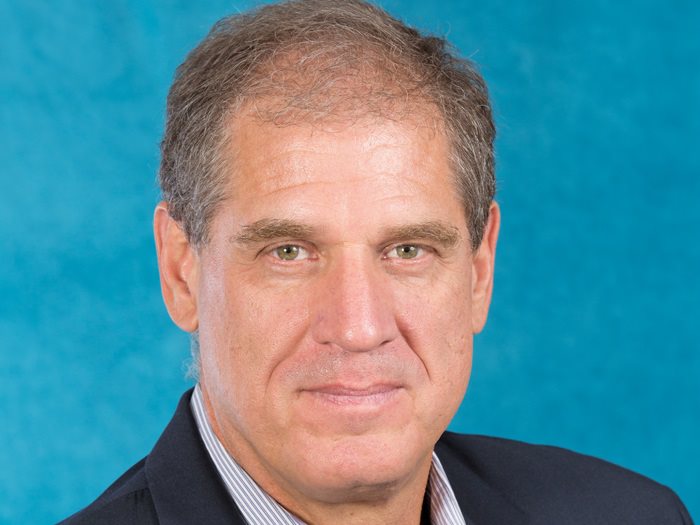Measuring What Truly Matters in Workers’ Comp
Traditionally, health care has been evaluated using qualitative process metrics–adherence to clinically based guidelines or evidence-based medicine, HEDIS measures, and patient satisfaction scores–which fail to connect directly to patient outcomes.
But what about focusing on what – arguably – matters most?
- Did the patient get better?
- How much did the medical care cost, and as it relates to workers’ compensation, how much did it cost, including disability payments?
- How long did it take?
Since I first wrote The Optimized Patient five years ago, I have been immersed in the workers’ comp industry and have observed that the above noted metrics are not always considered in this arena.
There is an old management axiom that cautions, “inspect what you expect.” It would seem the common notion in workers’ comp is anything that reduces front end costs will reduce overall costs. But increasingly it is becoming clear that a race to the bottom in cost of care provision does not reduce overall cost.
This past November, I was fortunate to share the stage with Blake Mc Williams from OutcomeMD, Dr. Melissa Tonn from OccMD and Scott Roloff, President of IntegerHealth Technologies during the closing panel for National Comp 2024. Each panelist focused on measuring and scoring outcomes. Of particular interest were two studies conducted by IntegerHealth.
Days after we left the stage, the United States Patent and Trademark Office issued IntegerHealth a patent on their healthcare outcomes analytics platform that redefines how healthcare is measured by combining the cost and quality of a patient’s outcome into a single, actionable dollar value.
What IntegerHealth has shown in their studies, and what I have been saying, is that improved patient engagement and more effective assessment of care providers – even if they are more expensive – will lead to lower overall costs to employers when workers are injured.
I would suggest that it may be time for the industry to “inspect” whether or not the system has evolved in a way that encourages perverse incentives.
It is interesting that in the wake of the murder of Brian Thompson, CEO of UnitedHealthcare, the healthcare industry is taking look in the mirror.
Here’s what the CEO of UnitedHealth Group, Andrew Witty, wrote in a guest editorial for the New York Times, “We know the health system does not work as well as it should, and we understand people’s frustrations with it. No one would design a system like the one we have. And no one did. It’s a patchwork built over decades.”
I think the same could be said of workers’ compensation. Over the years, workers’ compensation policy has been developed through a series of legislative and regulatory changes. Often those policy changes were pushed by groups with a self-interest and frequently policy changes are moved forward based on who has the best lobbying effort. Often that lobbying effort is funded by groups who benefit financially from the change.
The scenario exists where misaligned financial rewards can distort priorities in a sector where the most direct route to well-being should be the ultimate goal.
I would suggest that it may be time for the industry to “inspect” whether or not the system has evolved in a way that encourages perverse incentives.
And yet, as recently as this past summer, the following was heard from an industry CFO – “In the end, there’s a finite amount of capital dollars we can invest. Working with the entire executive committee, we are constantly evaluating the delicate balance between growth investments and value for our shareholders. Lastly, many companies are implementing risk management strategies and safety programs that lead to fewer workplace injuries and claims. While this is a positive development, it could negatively impact volume and growth.”
Another comment shared to me directly from a TPA manager – “Why would we want to shorten the claim and lose revenue?” Unfortunately, there isn’t a systemic process in place that provides a financial reward for a better outcome while reducing overall costs.
Workers’ compensation is among several industries that suffer from perverse incentives. A simple ChatGPT search reveals that finance, education, law enforcement, corporate management and other industries have built-in perverse incentives.
This is a quote direct from ChatGPT, “Addressing them requires a deep understanding of systemic flaws, careful policy design, and regular evaluations to ensure that rewards align with desired outcomes. Without such efforts, industries will continue to grapple with unintended consequences that undermine their missions.”
Helping injured workers to get better faster and stay better longer has been our goal from the inception of Optimized Outcome Solutions. Understanding that the patient is the wildcard is the first step at improving patient outcomes.
From the beginning of the grand bargain, the injured worker has been a passive element in the recovery process. As has already been noted, “No one would design a system like that.”
Patient engagement with education about mindset, nutrition, activity and rest has never been part of the design of the workers’ compensation benefits for injured workers.
I hope the upcoming national workers’ compensation conferences in 2025 will have a track on how to improve patient engagement as well as exploring how enhanced services do not necessarily equal higher costs but can, and will, improve outcomes. Inspect what you expect, and then expect an improvement in your ROI and bottom line. &










